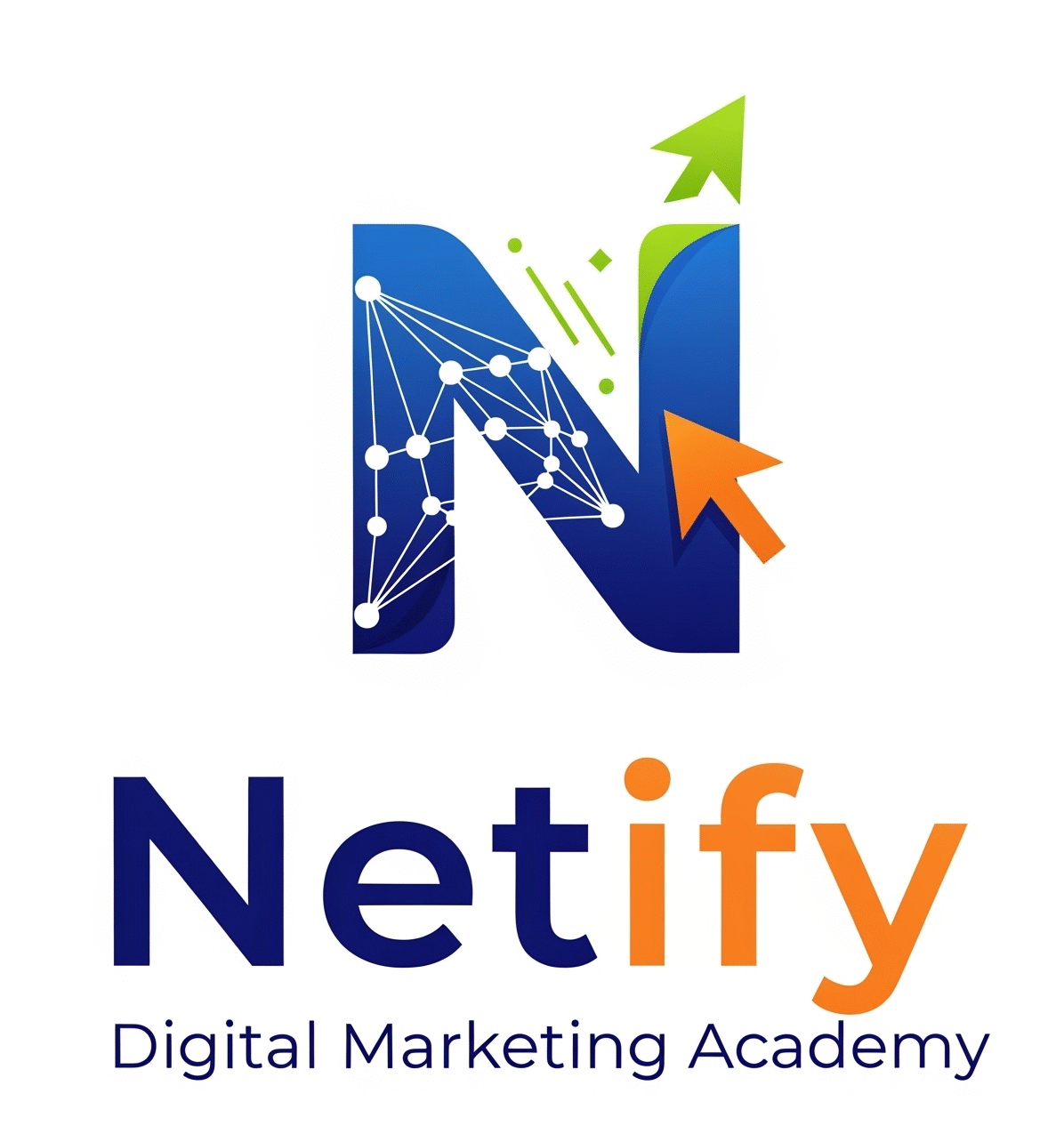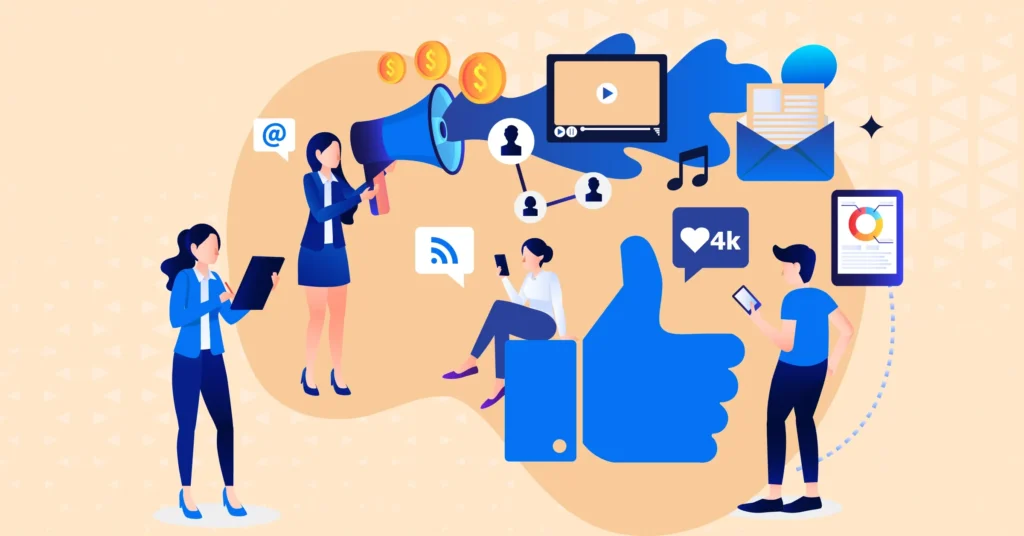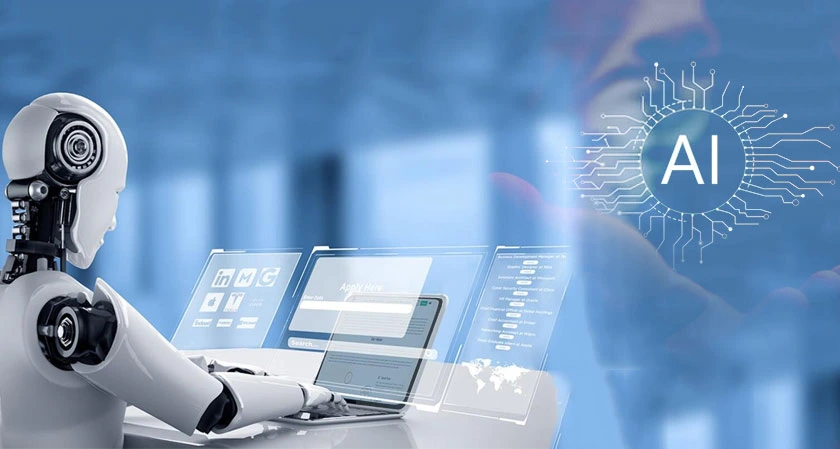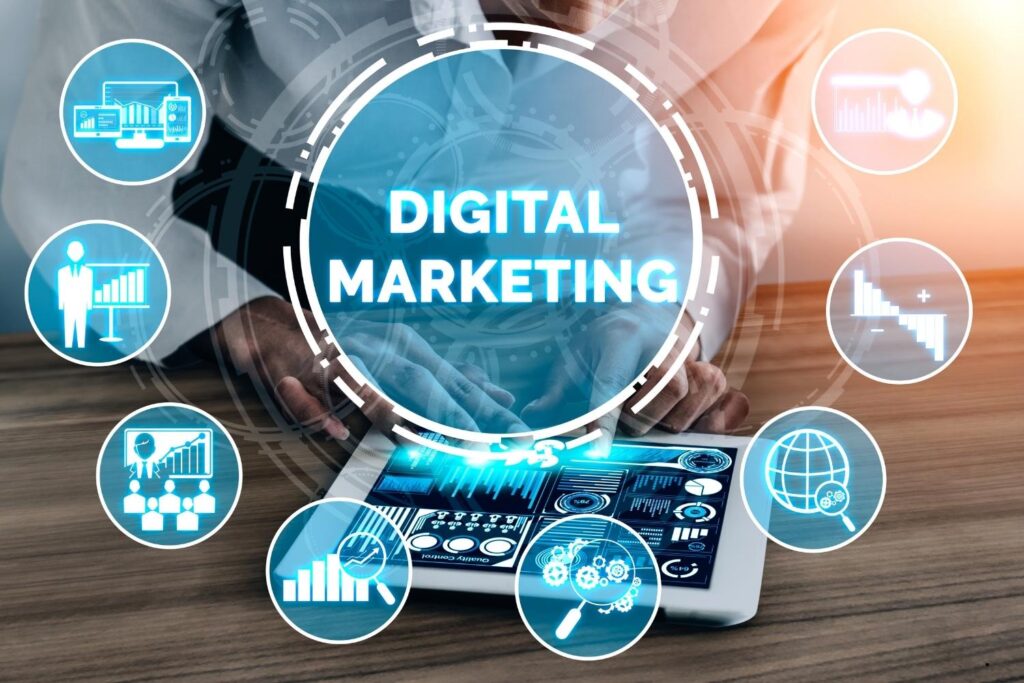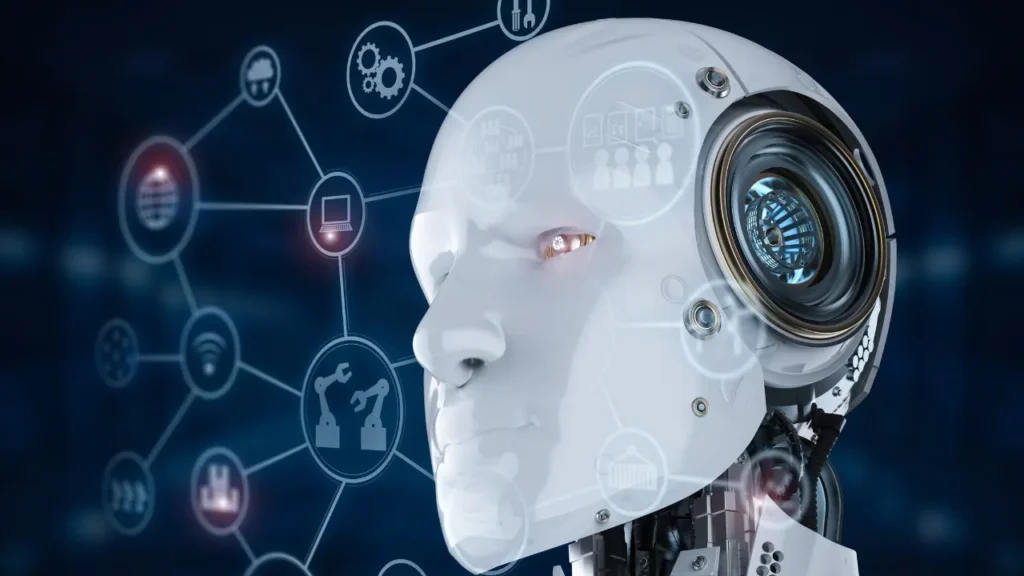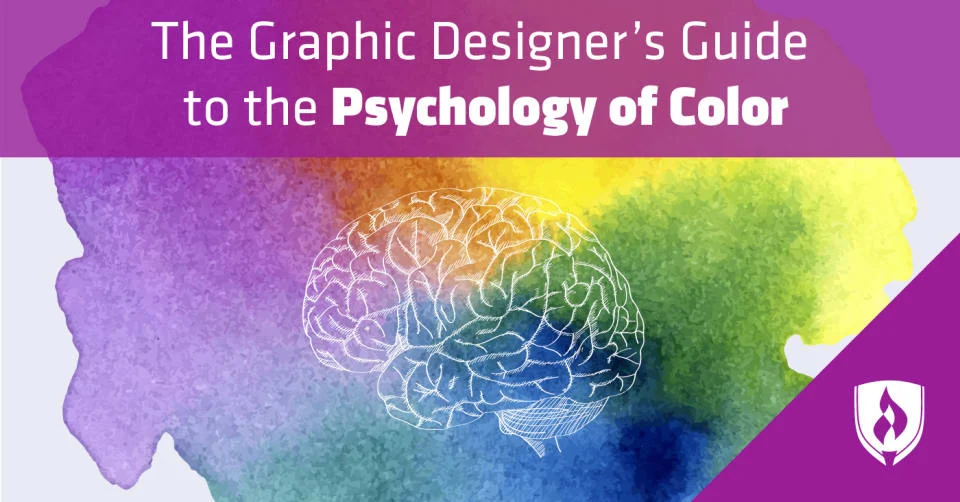
The Role of Color Psychology in Graphic Design
The Role of Color Psychology in Graphic Design.Color is more than just a visual element in design—it’s a powerful tool that can influence emotions, perceptions, and behavior. In graphic design, understanding the psychology of color is crucial for creating visuals that not only look appealing but also effectively communicate a brand’s message.
1. Understanding Color Psychology
Color psychology studies how different colors affect human emotions and decision-making. For example, blue often evokes feelings of trust and calmness, while red can create a sense of urgency or excitement. Designers use these insights to craft visuals that resonate with the audience on a subconscious level.
2. Building Brand Identity Through Color
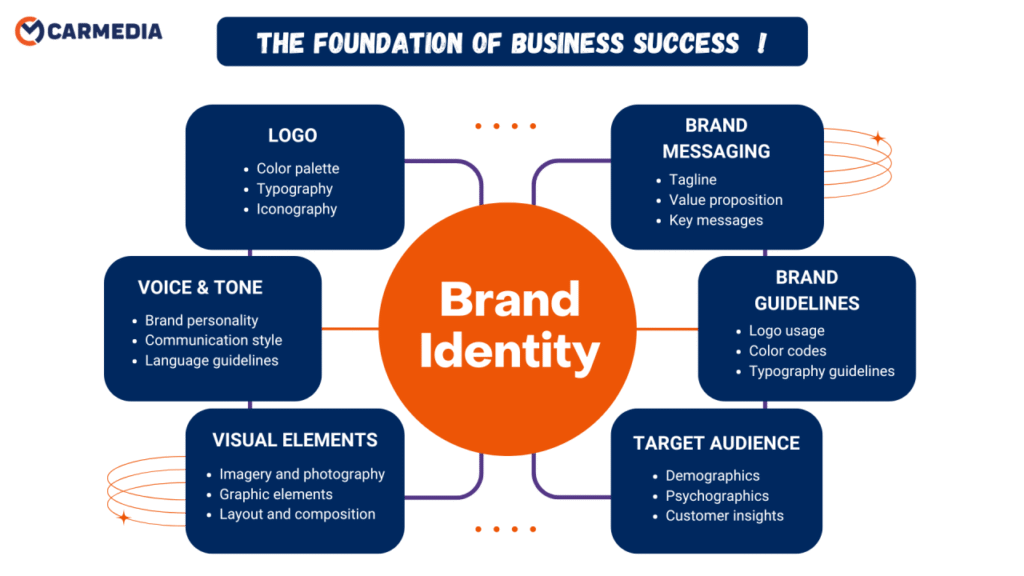
A brand’s color palette is a key component of its identity. Think of iconic brands: Coca-Cola’s red evokes energy and passion, while Facebook’s blue represents reliability and trust. Choosing the right colors helps establish brand recognition and makes marketing materials more memorable.
3. Influencing Consumer Behavior
Colors can subtly guide audience actions. For instance, warm colors like red or orange can encourage users to click a call-to-action button, while cooler colors may create a sense of relaxation, suitable for brands promoting wellness or calmness. Effective use of color can therefore drive engagement and conversions.
4. Creating Visual Harmony
Beyond emotion, color also contributes to visual hierarchy and harmony in design. Contrasting colors can draw attention to key elements, while complementary color schemes create a balanced and aesthetically pleasing layout. A well-thought-out color palette ensures your design communicates clearly and looks professional.
5. Cultural Considerations
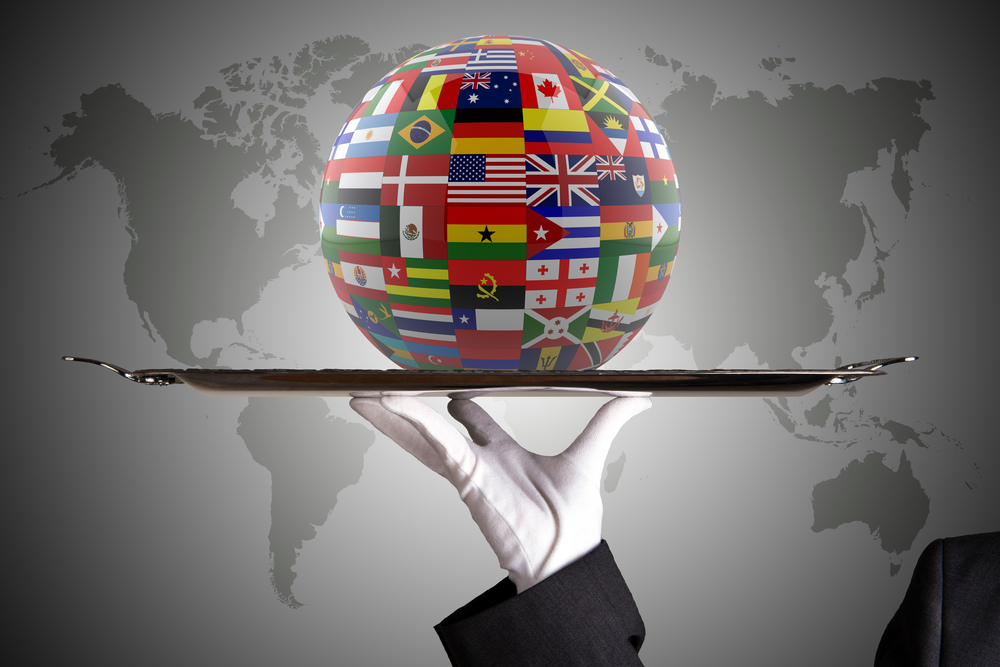
Colors can carry different meanings across cultures. White represents purity in some cultures but mourning in others. Designers targeting global audiences need to consider cultural context to avoid miscommunication and to make designs universally appealing.
6. Practical Tips for Designers
- Limit your palette to 2–4 main colors for simplicity and cohesion.
- Use color contrast to highlight important elements.
- Test your color choices in different contexts (print, web, mobile) to ensure consistency.
- Consider accessibility: ensure sufficient contrast for readability, especially for users with color blindness.
Final Thoughts:The Role of Color Psychology in Graphic Design
Color psychology is a vital tool in the graphic designer’s toolkit. By understanding how colors affect perception and behavior, designers can create visuals that not only capture attention but also communicate messages effectively, influence emotions, and strengthen brand identity. In the world of design, color is much more than decoration—it’s a language that speaks directly to the mind
